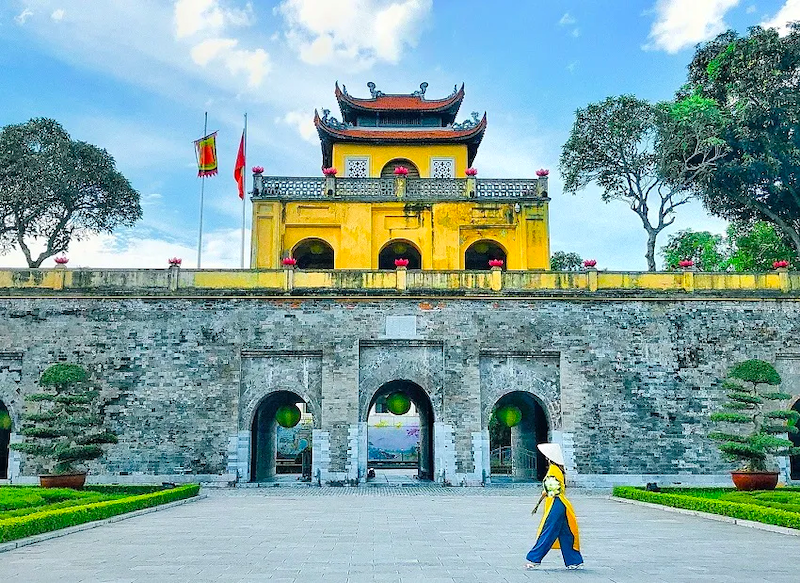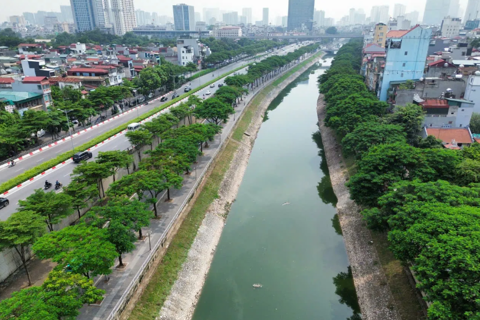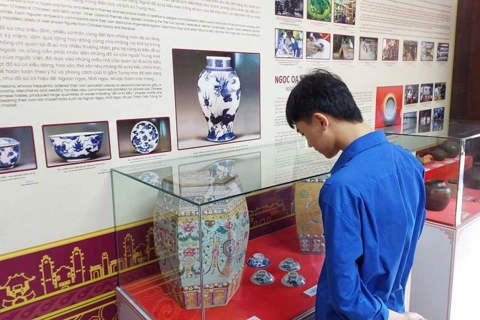Hanoi announces list of cultural heritage for protection
A newly adopted resolution marks a significant move to preserve Hanoi’s cultural heritage while promoting sustainable tourism.
THE HANOI TIMES — A list of heritage sites, monuments, sights, streets, and buildings to be targeted for protection was announced by Hanoi.
The move is aimed at preserving Hanoi's cultural values and promoting sustainable tourism.

The Thang Long Imperial Citadel in Hanoi dates back to the 11th century. Photo: Chuyen cua Ha Noi Page
In a resolution issued late April by the Hanoi People's Council, the city classifies the Ho Chi Minh Mausoleum, 22 special national relics, 1,164 national relics, and 1,600 city-level sites into specific groups for protection strategies, along with 46 revolutionary and resistance relics, 354 memorials of historical events, and 34 national artifacts.
Hanoi has identified six UNESCO-recognized cultural heritage, 42 national intangible heritage, 182 craft villages, 54 traditional craft villages, and seven exemplary traditional crafts as subjects for preservation efforts.
Important urban blocks and distinctive streets are also subject to protection. In the Old Quarter, 21 streets have been designated for level 1 (that covers about 19 hectares) and 40 streets for level 2 (covering approximately 81 ha) protection.
Sixteen street sections known for their architecturally significant villas and 11 sections with notable villa architecture in the old quarter area are now included for preservation.
In terms of architectural heritage, Hanoi lists 222 Group 1 villas and 356 Group 2 villas built before 1954, along with 40 architecturally significant public buildings and 21 notable structures also built before 1954, the date of the capital's liberation. Villas of Group 1 are those classified as historical and cultural monuments; buildings of exemplary architectural heritage; and old houses of significant value. Villas of Group 2 include those holding artistic, architectural, cultural, and historical value.
The Hanoi People's Committee is tasked with leading communication efforts, mobilizing resources, and promoting cultural preservation in accordance with the approved categories.
It is also responsible for updating the list, especially after the reorganization of administrative units and the establishment of a two-tier local government model.
The Hanoi People's Council will oversee the implementation of the resolution. The Vietnam Fatherland Front and other socio-political organizations are encouraged to involve the public and monitor implementation efforts.
Source: Resolution No. 24/NQ-HDND dated April 29, 2025
|
The six UNESCO-inscribed cultural heritage in Hanoi include the Central Sector of the Thang Long Imperial Citadel; the 82 Doctoral Steles of the Le and Mac dynasties at the Temple of Literature; the Giong Festival at the Phu Dong and Soc Temples; the Tugging Ritual and Games; the practices related to Vietnamese beliefs in the Mother Goddesses of the Three Realms; and Ca Tru (ceremonial singing). |











